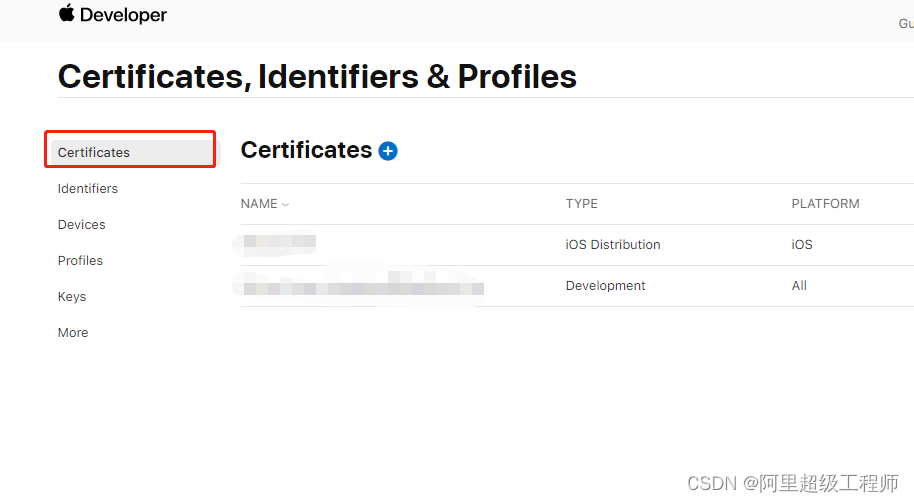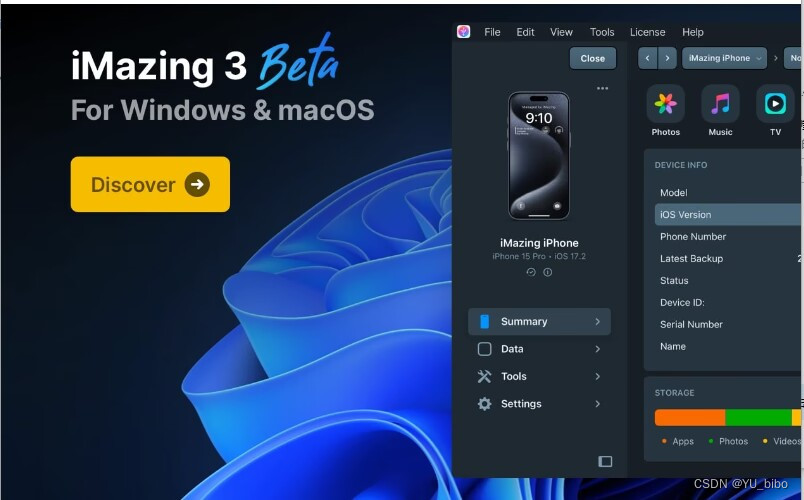本文介绍: NSDictionary集合由多组key–value组成,因此创建NSDictionary时需要同时指定多组key–value对。 NSDICTIONARY分别提供了类方法和实例方法创建NSDictionary。一旦得到NSDictionary对象,接下来就可以通过方法访问该集合所包含的 key或value。下面为NSDictionary扩展一个print类别。上面的程序示范了NSDictionary的两个基本用法,程序可使用快速枚举来遍历NSDictionary的所有key。也可以根据key来获取对应N
NSDictionary的功能和用法
NSDictionary集合由多组key–value组成,因此创建NSDictionary时需要同时指定多组key–value对。 NSDICTIONARY分别提供了类方法和实例方法创建NSDictionary。
- dictionary:创建一个不包含任何key–value对的NSDictionary。
- dictionaryWithContentsOfFile:/initWithContentsOfFile:读取指定文件的内容,使用指定文件内容来初始化NSDictionary。
- dictionaryWithObject:forKey:使用单个key–value来创建NSDictionary对象
- dictionaryWithObjects:forKeys:/initWithObjects:forKeys:使用两个NSArray分别指定Key,vakue集合,可以创建包含多组key-value对的NSDictionary。
- dictionaryWithObjectsAndKeys:调用该方法时,需要按value1, key1, value2, key2, …nil的方式传入多个key-value对。
一旦得到NSDictionary对象,接下来就可以通过方法访问该集合所包含的 key或value。
- count: 该方法返回NSDictionary所包含的key-value对的数量。
- allKeys: 该方法返回该NSDictionary所包含的全部Key。
- allKeyForObject: 该方法返回指定value对应的全部Key。
- allValue: 该方法返回该NSDictionary所包含的全部value。
- objectForKey: 该方法获取该NSDictionary中指定Key对应的value。
- objectForKeyedSubScript: 通过该方法的支持,允许NSDictionary通过下标来获取指定key对应的value。
- valueForKey: 该方法获取该NSDictionary中指定Key对应的value。
- keyEnumerator: 该方法返回用于遍历该NSDicyoinary所有Key的NSEnumerator对象。
- enumerateKeysAndObjectsUsingBlock: 使用指定的代码块来迭代执行该集合中所有的key-value对。
- enumerateKeysAndObjectsWithOptions:usingBlock: 使用指定的代码块来迭代执行该集合中所有的key-value对。该方法可以传入一个NSEnumerationOptions参数。
- writeToFile: 将NSDictionary对象的数据写入指定文件。
#import <Foundation/Foundation.h>
@interface NSDictionary (print)
- (void) print;
@end
@implementation NSDictionary (print)
- (void) print {
NSMutableString* result = [NSMutableString stringWithString:@"{"];
for (id key in self) {
[result appendString:[key description]];
[result appendString:@"="];
[result appendString:[self[key] description]];
[result appendString:@", "];
}
NSUInteger len = [result length];
[result deleteCharactersInRange:NSMakeRange(len - 2, 2)];
[result appendString:@"}"];
NSLog(@"%@", result);
}
@end
上面的程序示范了NSDictionary的两个基本用法,程序可使用快速枚举来遍历NSDictionary的所有key。也可以根据key来获取对应NSDictionary中的value。
对NSDictionary的key排序
NSDictionary还提供了方法对NSDictionary的key执行排序,这些方法执行完成后将返回排序完成后的所有key组成的NSArray。
- keysSortedByValueUsingSelector: 根据NSDictionary的所有value的指定方法的返回值对key排序;调用value的该方法必须返回NSOrderedAscending、NSOrderedDescending、NSOrderedSame这三个值之一。
- keySortedByValueUsingComparator: 该方法使用指定的代码块来遍历key-value对,并根据执行结果(执行结果必须返回NSOrderedAscending、NSOrderedDescending、NSOrderedSame这三个值之一)对NSDictionary的key进行排序。
- keySortedByValueWithOptions:usingComparator: 与前一个方法的功能类似,只是该方法可以传入一个额外的NSEnumerationOptions参数。
#import <Foundation/Foundation.h>
#import "NSDictionary+print.h"
int main(void) {
@autoreleasepool {
NSDictionary* dict = [NSDictionary dictionaryWithObjectsAndKeys:@"Objective-c", @"one", @"Rudy", @"two", @"Python", @"three", nil];
// 打印dict集合所有元素
[dict print];
NSArray* keyArr = [dict keysSortedByValueUsingComparator:
^(id value1, id value2) {
if ([value1 length] > [value2 length]) {
return NSOrderedDescending;
}
if ([value1 length] < [value2 length]) {
return NSOrderedAscending;
}
return NSOrderedSame;
}];
NSLog(@"%@", keyArr);
}
}
代码块中的比较规则是,value对应的字符串越长,系统就认为该value值越大。
2022-06-12 15:51:36.930684+0800 oc.programme[94349:95375889] {one=Objective-c, two=Rudy, three=Python}
2022-06-12 15:51:36.931119+0800 oc.programme[94349:95375889] (
two,
three,
one
)
Program ended with exit code: 0
对NSDicttionary的key进行过滤
NSDictionary还提供方法对所有的key执行过滤,这些方法返回满足过滤条件的key组成的NSSet。
int main(void) {
@autoreleasepool {
NSDictionary* dict = [NSDictionary dictionaryWithObjectsAndKeys:
[NSNumber numberWithInt:89], @"Objective-C",
[NSNumber numberWithInt:69], @"Rudy",
[NSNumber numberWithInt:75], @"Python",
[NSNumber numberWithInt:109], @"Perl", nil];
// 打印dict集合的所有元素
[dict print];
// 对NSDictionary的所有key进行过滤
NSSet* keySet = [dict keysOfEntriesPassingTest:
^(id key, id value, BOOL* stop) {
// 当value的值大于80时才返回YES
return (BOOL)([value intValue] > 80);
}];
NSLog(@"%@", keySet);
}
}
2022-06-12 16:22:34.784943+0800 oc.programme[4789:101091183] {Perl=109, Rudy=69, Objective-C=89, Python=75}
2022-06-12 16:22:34.785305+0800 oc.programme[4789:101091183] {(
Perl,
"Objective-C"
)}
Program ended with exit code: 0
NSMutableDictionary 的功能和用法。
NSMutableDictionary继承NSDictionary,它代表一个key-value可变的NSDictionary集合。
- setObject:forKey: 设置一个key-value对。如果NSMutableDictionary中没有包含与该key相同的key-value,NSMutableDictionary将会新增一个key-value对;否则该key-value对将会覆盖已有的key-value对。
- setObject:forKeyedSubscript: 通过该方法支持,允许程序通过下标设置key-value对。
- addEntruesFromDictionary: 将另一个 NSDictionary中所有的key-value对复制到当前NSDictionary中。
- setDictionary: 将另一个 NSDictionary中所有的key-value对替换当前NSDictionary的key-value对。
- removeObjectForKey: 根据key来删除key-value对。
- removeAllObject: 清空该NSDictionary。
- removeObjectsForKeys: 使用多个key组成的NSArray作为参数,同时删除多个key对应的key-value对。
原文地址:https://blog.csdn.net/m0_63852285/article/details/125244642
本文来自互联网用户投稿,该文观点仅代表作者本人,不代表本站立场。本站仅提供信息存储空间服务,不拥有所有权,不承担相关法律责任。
如若转载,请注明出处:http://www.7code.cn/show_36772.html
如若内容造成侵权/违法违规/事实不符,请联系代码007邮箱:suwngjj01@126.com进行投诉反馈,一经查实,立即删除!
声明:本站所有文章,如无特殊说明或标注,均为本站原创发布。任何个人或组织,在未征得本站同意时,禁止复制、盗用、采集、发布本站内容到任何网站、书籍等各类媒体平台。如若本站内容侵犯了原著者的合法权益,可联系我们进行处理。





